Standing at the set tables to the dinner party at Matsmak, wearing a pink pleated Tadashi gown with vintage gold tone jewellery.
Text & Photo © JE Nilsson, D Neikter Nilsson, CM Cordeiro-Nilsson, Sweden 2009
The public defense of my doctoral thesis was followed by a dinner celebration held at Matsmak with Mikael Sande as Chef de Cuisine.
The evening event was surreal in the sense that Mikael’s restaurant had just moved to its new location at Drakegatan 1 in Gothenburg, and we were able to book the entire restaurant on a Saturday evening for ourselves. The restaurant, being located in a building with mainly offices, also meant that our guests had the entire building to themselves to enjoy that evening.
Continue reading “PhD disputation dinner by Chef de Cuisine: Mikael Sande”


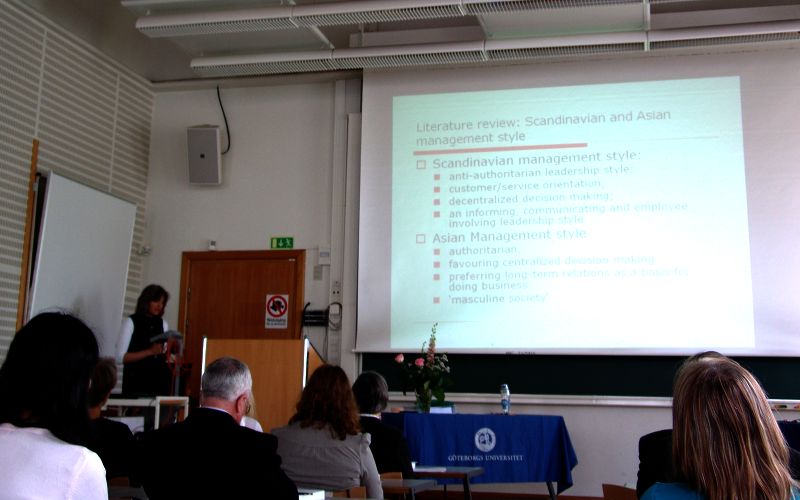
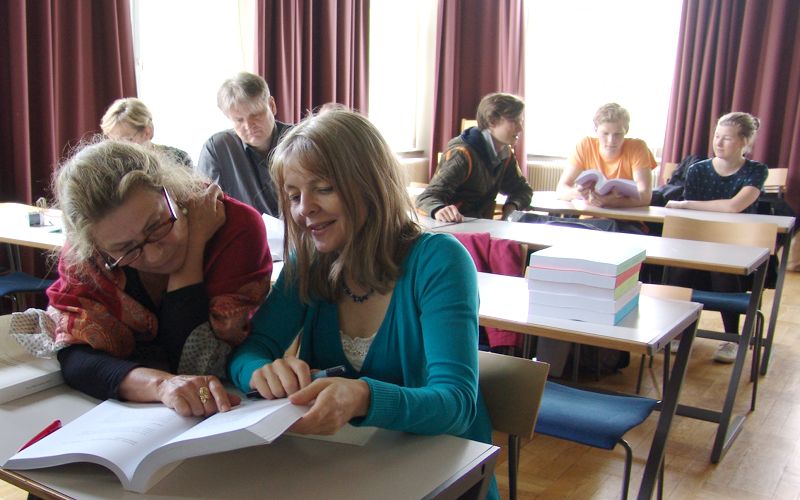
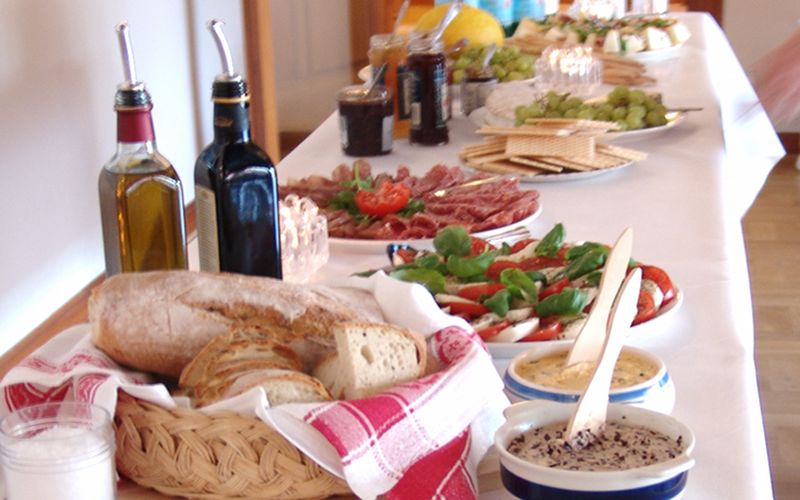


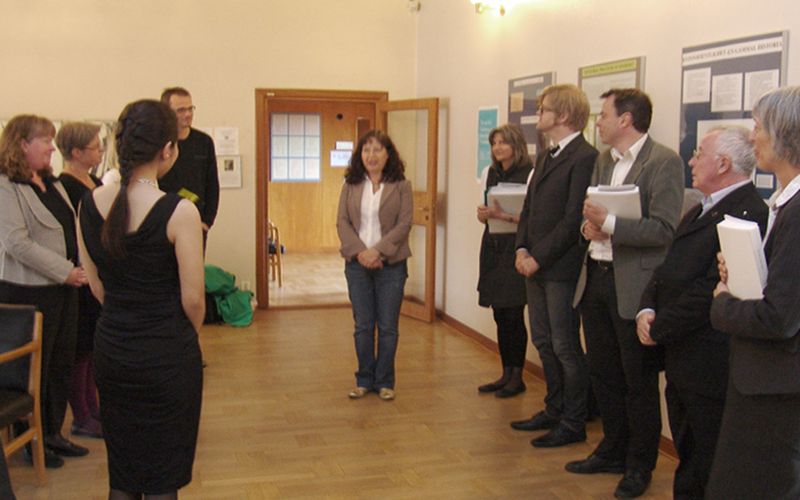

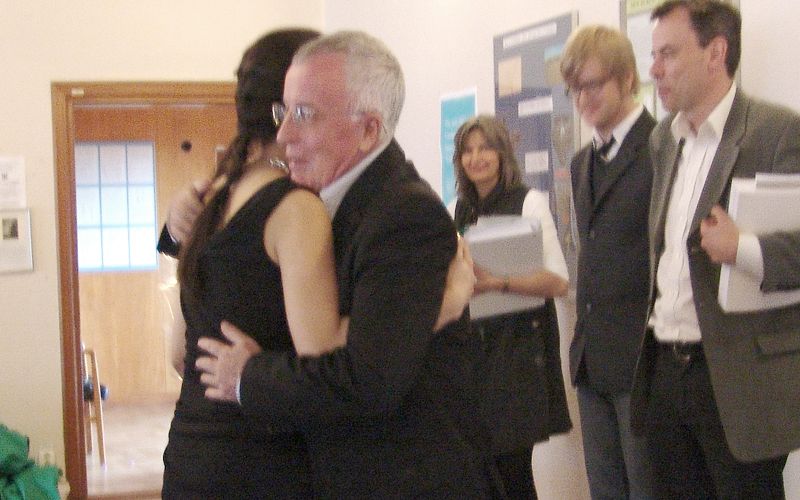

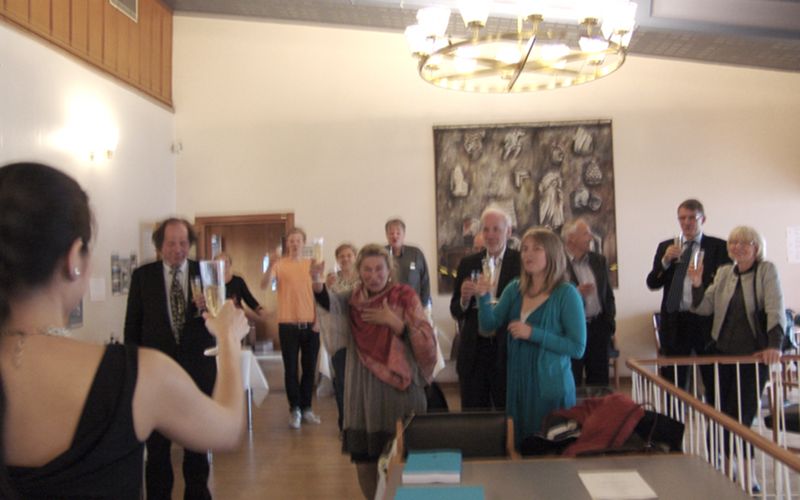
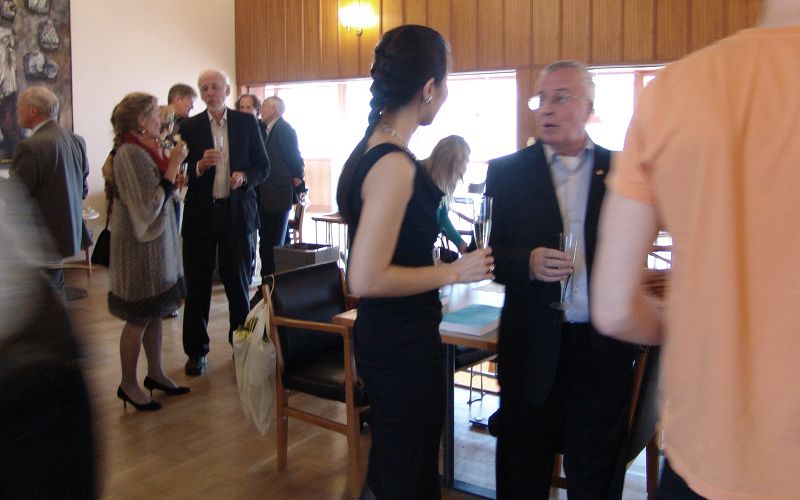
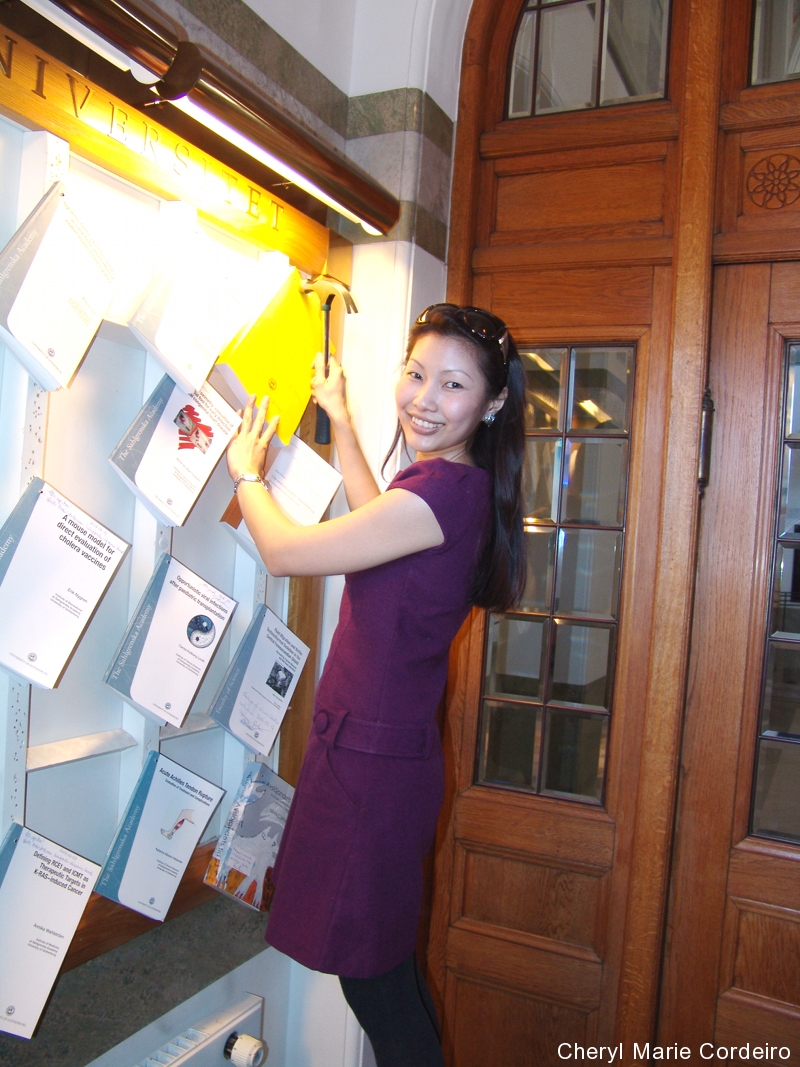


 The job of the expatriate in international job transfers is hardly an easy transition. Most Scandinavian expatriate contracts in Singapore for example average 3 years, during which time, the employees, usually at managerial level, are supposed to make adjustments along several dimensions, both in the private and public domains.
The job of the expatriate in international job transfers is hardly an easy transition. Most Scandinavian expatriate contracts in Singapore for example average 3 years, during which time, the employees, usually at managerial level, are supposed to make adjustments along several dimensions, both in the private and public domains.


